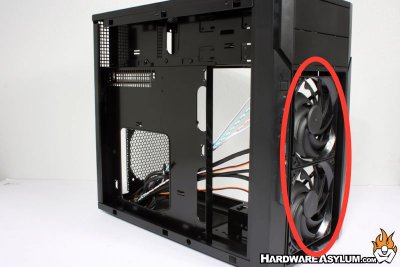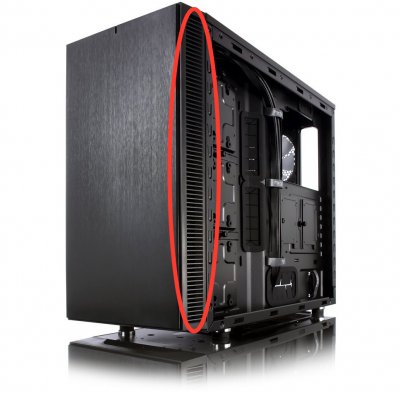- Joined
- Jan 4, 2014
- Messages
- 36
Hi,
I'm building a new Hackintosh next week and have compiled a list of parts. I would love to hear your feedback.
My goal with the build is to create a extremely silent desktop (passive PSU cooling, very quiet and big CPU cooling, no rotating drives, GPU is silent in indle). My secondary goal is to create a beast that can overclock to 5GHZ. The goal of the overclocking is rendering, and gaming in windows.
Parts list
Would this build work well?
I'm building a new Hackintosh next week and have compiled a list of parts. I would love to hear your feedback.
My goal with the build is to create a extremely silent desktop (passive PSU cooling, very quiet and big CPU cooling, no rotating drives, GPU is silent in indle). My secondary goal is to create a beast that can overclock to 5GHZ. The goal of the overclocking is rendering, and gaming in windows.
Parts list
Code:
Intel Core i7-7700K Boxed
Asus Prime Z270-A
Gigabyte GeForce GTX 1060 G1
Noctua NH-D15
32GB Corsair Vengeance LPX CMK32GX4M2B3000C15
Super Flower Golden Silent 500W
Samsung 960 EVO 500GB M.2
Addidtional SSD
Fractal Design Define S or another caseWould this build work well?



